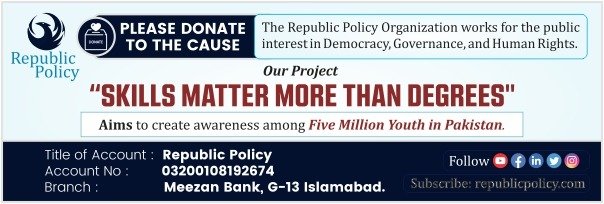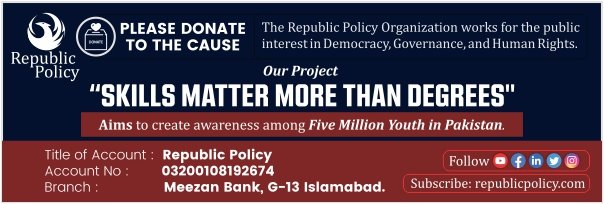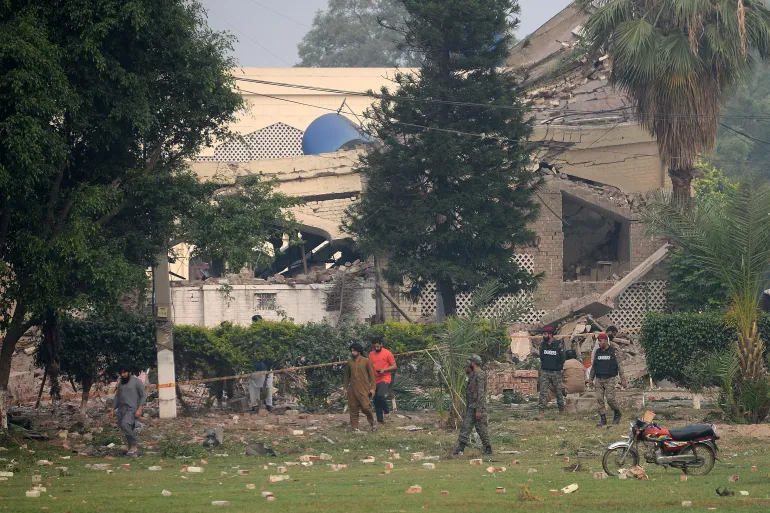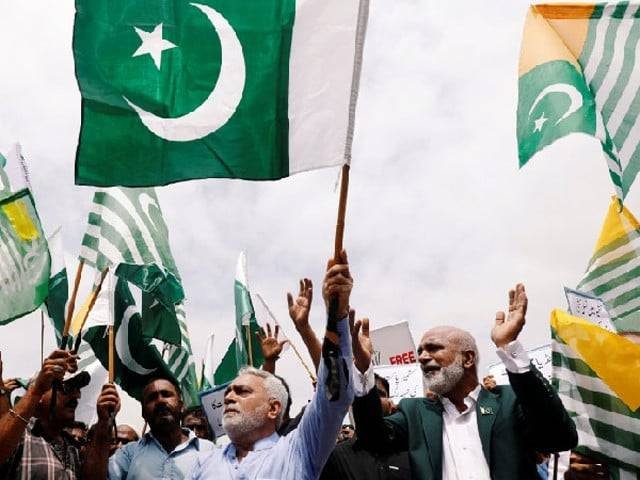Zafar iqbal
Industrialization is the process of transforming an economy from being primarily based on agriculture to one that is based on manufacturing and services. Industrialization can have significant benefits for a country, such as increasing the productivity and efficiency of the economy, as well as the quality and quantity of goods and services produced. This can lead to higher incomes, GDP, and GDP per capita for the population. It can create more employment opportunities, especially for skilled workers, and reduce poverty and inequality. It can also stimulate human capital development as more people seek education and training to acquire the skills needed for industrial jobs. Furthermore, it can enhance the competitiveness and innovation of the economy, as well as its integration into regional and global markets. It can also foster technological advancement and diffusion, which can improve production processes, product quality, and market access.
Industrialization can diversify the economic structure and reduce the dependence on primary commodities, which are often subject to price fluctuations and environmental shocks. It can also increase the resilience and sustainability of the economy, as well as its capacity to cope with challenges such as climate change.
However, industrialization can also pose some challenges and risks for a country, such as environmental degradation, pollution, and depletion of natural resources. It can also contribute to greenhouse gas emissions and global warming, which can have adverse effects on human health and well-being. Furthermore, it can create social and cultural changes, such as urbanization, migration, and consumerism, which can affect the traditional values and lifestyles of the population. It can also generate social problems, such as crime, violence, and corruption. Industrialization can also create economic imbalances and distortions, such as inflation, trade deficits, and debt accumulation. It can also expose the economy to external shocks and vulnerabilities, such as financial crises, trade wars, and sanctions. It can require significant investments in infrastructure, institutions, and policies, which may need to be more readily available or affordable for developing countries. It can also face resistance from vested interests and political obstacles, which may hinder its implementation and effectiveness.
The historical evolution of industrialization in Pakistan can be divided into four phases:
The first phase was from 1947 to 1955 when Pakistan faced a trade embargo from India after its independence. Pakistan adopted a policy of import-substituting industrialization (ISI) to promote domestic production of consumer goods. Pakistan also relied on public sector enterprises and development finance institutions to facilitate industrialization. Pakistan achieved a high growth rate of manufacturing during this phase.
The second phase was from 1955 to 1965 when Pakistan implemented its first and second five-year plans under President Ayub Khan’s regime. Pakistan continued its ISI policy but also introduced export incentives and free trade zones to encourage export-oriented industries. Pakistan also attracted foreign aid and investment from the US and other countries to support its industrial development. Pakistan achieved a rapid growth rate of manufacturing during this phase.
The third phase was from 1965 to 1971 when Pakistan faced a war with India in 1965 and a civil war that led to the secession of East Pakistan (now Bangladesh) in 1971. Pakistan suffered a decline in its industrial output and exports during this phase. Pakistan also faced political instability and social unrest that undermined its industrial performance.
The fourth phase is from 1971 to 2023 when Pakistan finds it hard to industrialize the country. The nationalization of the Industry was a strategic failure. With privatisation, Pakistan has not been able to raise the bar due to a deteriorating economy, lack of competitiveness and rising cost of production. Accordingly, industrialization in Pakistan needs serious reforms, and it can only be done by energy security, skilled labour and industrial-friendly coded laws.
Please, subscribe to the official website of republicpolicy.com
How can Pakistan grow the Industry?
One of the main challenges for industrial growth in Pakistan is the lack of a coherent and consistent legal framework that supports private sector development and investment. The report by the World Bank suggests that Pakistan should reform its investment laws to attract more foreign direct investment and upgrade its insolvency laws to reduce the costs of liquidating non-viable firms. These reforms would help create a more conducive environment for domestic and foreign investors and facilitate the exit of inefficient firms from the market. Additionally, Pakistan should also harmonize its general sales tax (GST) across provinces, which would reduce the complexity and compliance costs for businesses operating in different regions.
Administrative regulatory frameworks need to be developed keeping in mind the growing challenges of industrialization in Pakistan. Another obstacle to industrial growth in Pakistan is the excessive and cumbersome regulatory burden that hampers business operations and innovation. The report by the World Bank recommends that Pakistan should reduce regulatory complexity by simplifying and streamlining procedures, eliminating unnecessary or redundant regulations, and enhancing transparency and accountability of regulatory agencies. These measures would improve the ease of doing business, reduce corruption and rent-seeking, and foster a level playing field for all firms.
A key constraint for industrial growth in Pakistan is the limited access to finance for small and medium enterprises (SMEs), which account for a large share of employment and output in the manufacturing sector. The report by the Asian Development Bank suggests that Pakistan should expand and diversify its financial sector by promoting non-bank financial institutions, developing capital markets, and strengthening financial inclusion. These actions would increase the availability and affordability of credit for SMEs and provide alternative funding sources for long-term investment projects.
A major challenge for industrial growth in Pakistan is the lack of effective competition in many sectors, which results in low productivity, high prices, and poor quality of goods and services. The report by the World Bank advises that Pakistan should enhance competition by removing barriers to entry and exit, enforcing antitrust laws, and promoting trade liberalization. These policies would stimulate innovation, efficiency, and consumer welfare, as well as enable Pakistan to integrate into regional and global value chains.
Another crucial factor for industrial growth in Pakistan is the ability to adopt and adapt new technologies that can improve production processes, product quality, and market access. The report by the World Bank proposes that Pakistan should revitalize its industrial growth by upgrading its infrastructure, especially in energy, transport, and telecommunications. These investments would reduce the cost of doing business, improve reliability and connectivity, and facilitate the diffusion of technology. Moreover, Pakistan should also foster a culture of innovation by enhancing its human capital, supporting research and development, and encouraging collaboration between academia and Industry. These initiatives would boost the skills, creativity, and competitiveness of Pakistani firms.
Please, subscribe to the monthly magazines of republicpolicy.com















